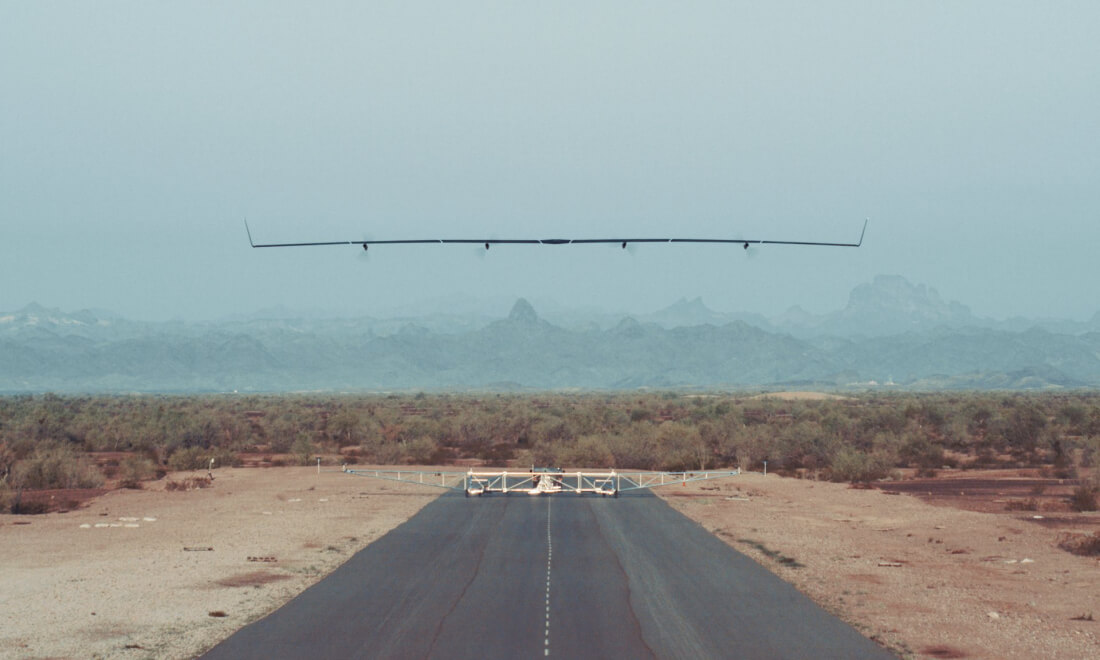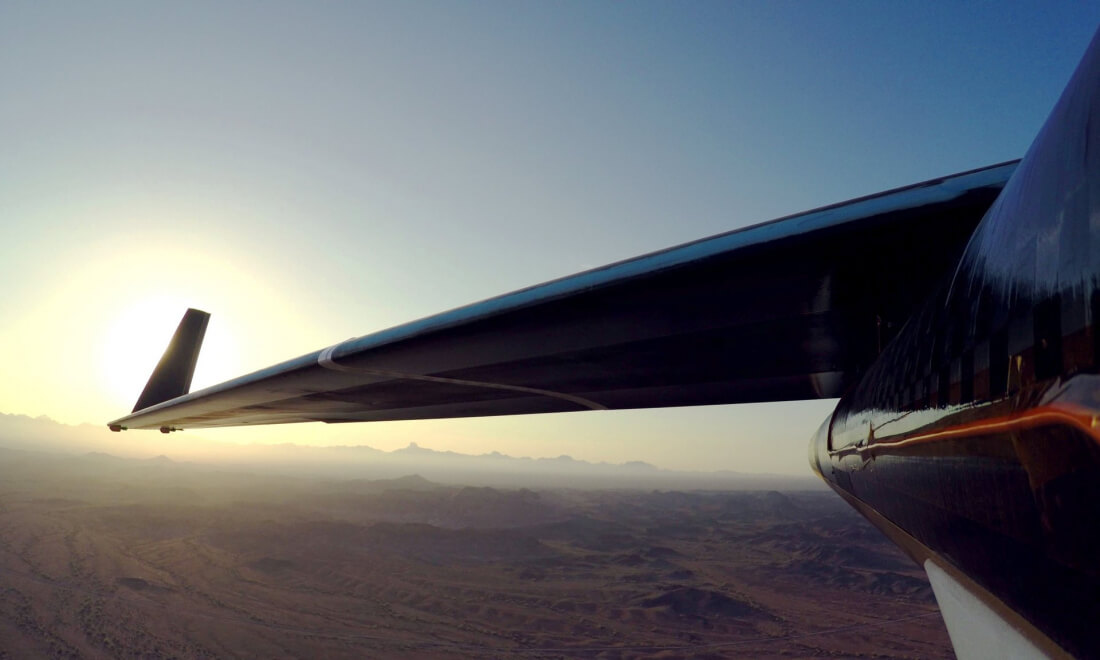Facebook has announced the first test flight of Aquila, the solar-powered drone it will use to bring the internet to remote corners of the world, has been a success. It remained in the air for a full 96 minutes - three times longer than planned.
Facebook first revealed Aquila on the second day of 2015's F8 conference. Thanks to its design and carbon fiber frame, the drone has a wingspan comparable to a Boeing 737 but weighs less than a car.
The eventual plan is for Aquila to beam down data at tens of gigabits per second using its lasers, which will be received by towers on the ground and converted into a Wi-Fi or LTE network.
Aquila completed its inaugural test flight on June 28, but Facebook has only now revealed that it took place. The company said the flight helped it verify several performance models and components, including aerodynamics, batteries, control systems, and crew training.
"In our next tests, we will fly Aquila faster, higher, and longer, eventually taking it above 60,000 feet," Wrote Jay Parikh, Facebook's vice president of infrastructure engineering, in a blog post.

Aquila consumes just 5000 watts when cruising, which is equal to three hairdryers or a microwave. These low power requirements are necessary, as there may be days when it has just 10 hours of sunlight to recharge its batteries. In its final form, the drone will fly for up to three months at a time and be able to travel with a diameter range of up to 60 miles.
Facebook still needs to figure out how to make the drone lighter and give it extra autonomous functions. More tests will be taking place over the next year to try and increase Aquila's flying altitude and the length of time it can stay in the air.
Google's Project Loon aims to use similar methods of bringing internet access to underserved parts of the world with an array of balloons.
